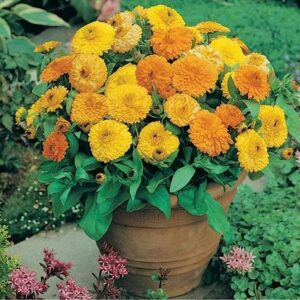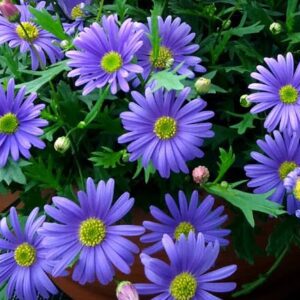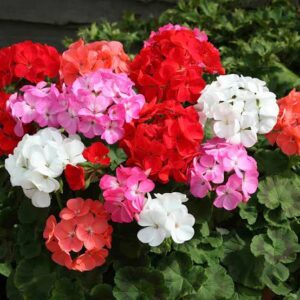Cineraria EP Seeds grow easily from seed but take a long time to mature, so they should be started early indoors about 10 to 12 weeks before the last frost date. Press seeds into the surface of the soil and cover to their thickness, as darkness is required for germination. Covering the pots with black plastic is a good idea. Keep the planting medium damp, and once the seeds have sprouted, (about 14 days at 70 degrees F.) Move them to a greenhouse.
A week or so before transplanting into the garden, harden the seedlings off by putting them in a cold frame or a sheltered spot outdoors during the day.
| SUNLIGHT | SOIL | WATER | TEMPERATURE | FERTILIZER |
|---|---|---|---|---|
| Full Sun | well-drained soil high in organic matter, and full sun or partial shade. | Remember to water your seedling regularly. One of the most common reasons seedling fail is because they are not watered enough, so if your seedling are not doing well, try watering them more.but water should not stay in pot, it should be moist, not wet | seeds like sun and cooler temperatures. 65 to 70 degree C | Apply dry fertilizer directly to damp soil. Water the fertilizer into the soil. Can use a general, all-purpose fertilizer around your plant to help them grow. |
Plant Height 20-25 cm / 8-10 inch
*Produces a beautiful display of colorful daisy-like flowers
*Dwarf, compact plants that are suitable for pot use
Growing Requirements for CinerariasCinerarias are not suited for growing in hot dry climates. If you are growing Cinerarias in the garden, they should be grown in partial to full shade, and planted in slightly acidic, rich, well-drained soil with a high compost content. Water regularly and thoroughly to keep the soil evenly moist, but never soggy. Cinerarias readily reseed themselves in the garden. When grown in pots or planters, Cinerarias should be planted in a loose, rich, peat moss based potting mix with good drainage. Once they begin to bloom they prefer to be kept somewhat root-bound. |








Reviews
There are no reviews yet.